The Pebble Spotter’s Guide: how to collect pebbles
BGS's Clive Mitchell on spotting, collecting and identifying the pebbles you can find on Britain's beaches.
27/07/2021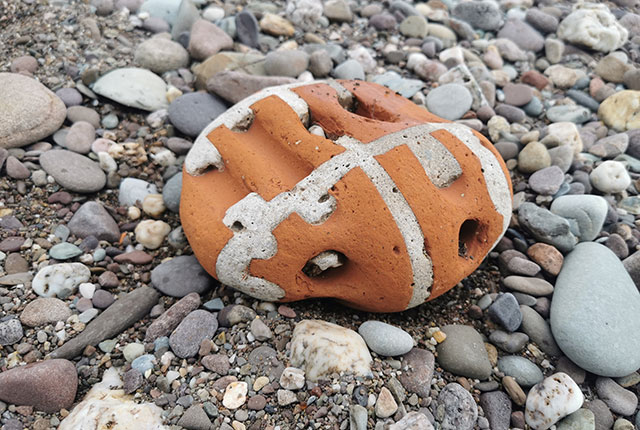
Where can you find evidence of extreme environments, from hot arid, deserts and continent-spanning oceans to magma deep under the Earth via volcanoes spewing lava over vast areas? Not on a beach, surely?
Surprisingly, the answer is yes. You can find this evidence by spending a few hours collecting pebbles made of rocks like sandstone (evidence of a desert), chalk (ocean), granite (magma) and basalt (lava).
My first experience of geology was over 50 years ago, picking up pebbles on the beaches of Cornwall and Devon on family holidays. I was fascinated by the tactile pleasure of holding a perfectly smooth pebble that fitted neatly into the palm of my hand. And that’s my definition of a pebble. This of course means that pebbles will range in size depending on how large your hands are! This is part of the point though — the pleasure of a pebble is personal. I think the best pebbles are the ones that you find yourself.
Clive Mitchell, BGS Industrial Minerals Geologist.
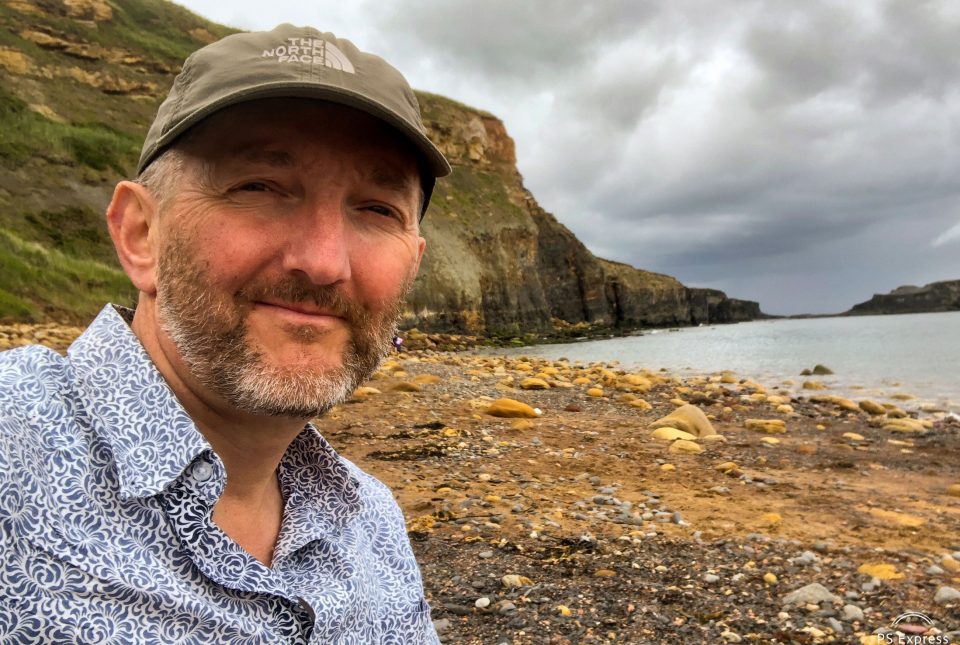
Clive Mitchell on the beach. BGS © UKRI.
Pebbles are usually, but not always, formed from a naturally occurring rock that has been worn smooth by the action of water on beaches, lakes and rivers. There are also pebbles formed from artificial material such as concrete, bricks and glass. While these are not rocks they often make interesting pebbles, some of which are sometimes hard to distinguish from rocks.
Advice for pebble collecting
- Before you go: check local bylaws to make sure there aren’t any rules about taking away the things you find. There are usually signs near the beach if that is the case.
- Stay safe: stay away from the edge of cliff tops, the base of cliffs and rockfall debris as rockfalls can happen at any time especially after wet weather. Pay attention to warning signs; they are there to advise you on how to stay safe. Be aware of tide times as it is possible to get cut off by the incoming tide. Beware of steep, shelving beaches and large waves.
- When you get there: sit yourself down on the pebbles and go through every one within reach. Look at them properly. Not only will you uncover that prize pebble, it is a relaxing, stress-free way to spend your time.
- Small bags: you need something strong to keep your collection in. Be careful to carry jagged or rough samples separately to avoid damaging your other pebbles. You may need to individually wrap your samples to protect them from scratches.
- Camera or smartphone: photos are great for recording your finds and sharing them with friends online.
- Paper and an indelible marker: I’d recommend writing the location and date on the bag and also on a piece of paper to put into the bag with the pebble.
- Fold-up hand lenses: a typical hand lens has ×10 magnification. Hold the lens very close to your eye, then hold the pebble right up to it. Depending on the type of rock, it’s sometimes easier to see crystals on the surface of a pebble if you wet it first.
- Reference book: when it comes to identifying your pebbles, there are lots of good reference books.
- Hammer, chisel and safety equipment (for advanced pebble enthusiasts only): cracking a pebble open with a hammer and chisel can reveal the fresh rock surface within. You’re looking for textures, colours and minerals: in certain circumstances you might even reveal a fossil or a geode filled with crystals. If you use a hammer, wear eye protection and gloves and look out for passers by. Do not hammer into cliffs as this will cause long lasting damage and can cause dangerous rockfalls.
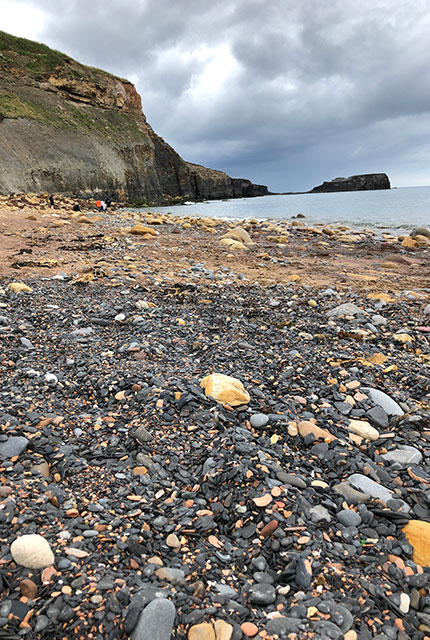
A pebbly beach, perfect for pebble spotting. BGS © UKRI.
Recommended books for budding pebble spotters
- The Pebbles on the Beach: A Spotter’s Guide by Clarence Ellis (Faber) is the classic UK pebble book published in 1953, republished in 2018.
- Rocks & Minerals: the definitive visual guide by Ronald Louis Bonewitz (Dorling Kindersley) is an excellent hardback book with clear photographs of rocks and minerals, and guides on collection and identification.
- The Pebble Spotter’s Guide by Clive Mitchell (National Trust Books) is a handy must-have book for pebble hunters of all ages puzzling over their precious beach finds and keen to learn more about their geological backstory.
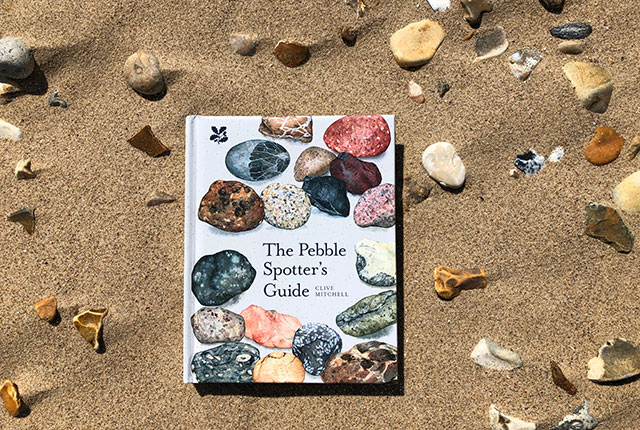
The Pebble Spotter’s Guide. BGS © UKRI.
About the author
Clive Mitchell is the classic British geologist with check shirt and beard, a beer drinker who is passionate about rocks. Born in Bristol, he grew up in the village of Congresbury on the northern edge of the Mendips in north Somerset. Family holidays in Cornwall and Devon were spent collecting pebbles on the beach, his first introduction to geology.
Scroll forward fifty years, Clive lives with his family in Nottingham and is an industrial minerals geologist at the British Geological Survey. He has been lucky enough to travel all over the planet, especially Africa and the Middle East, working on mineral resources. Clive is an enthusiastic geoscience communicator and can often be found online, especially on Facebook and X @CliveBGS, helping to identify rocks for keen amateur geologists.

Clive Mitchell
Industrial minerals geologist
Relative topics
Latest BGS blogs
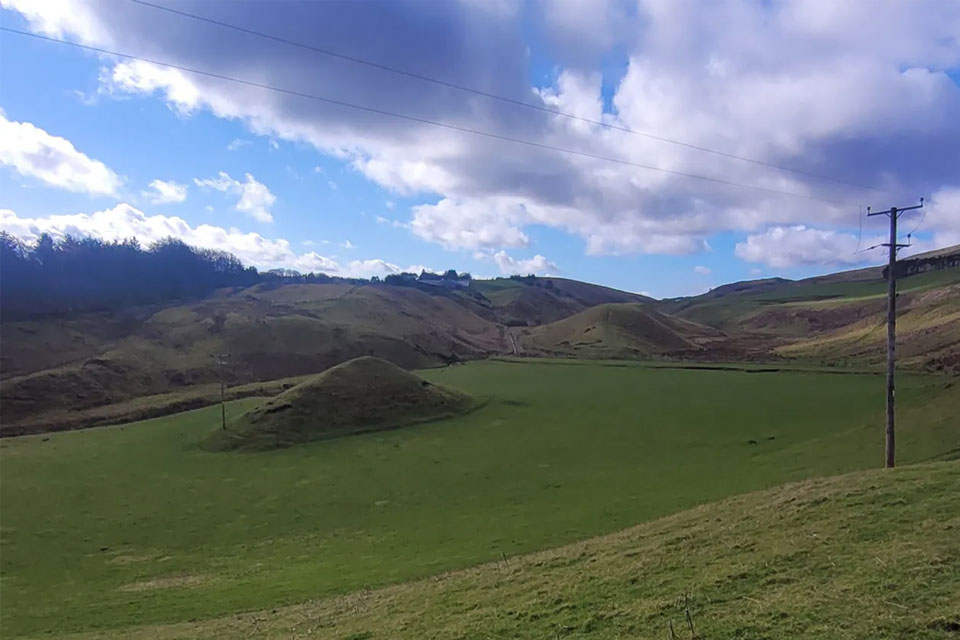
How the geology on our doorstep can help inform offshore infrastructure design
19/11/2025
BGS is part of a new collaboration using onshore field work to contextualise offshore data and update baseline geological models which can inform the sustainable use of marine resources.
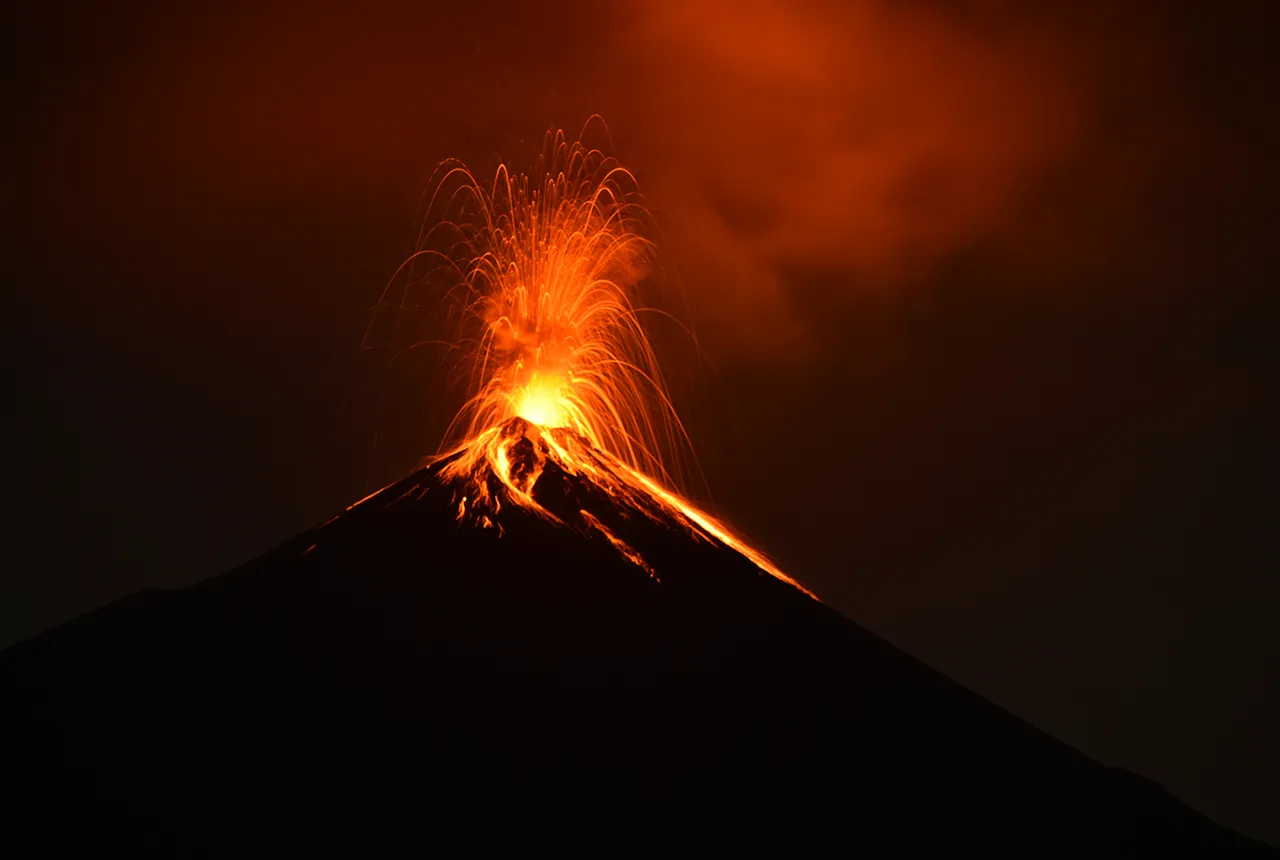
Fieldwork on Volcán de Fuego
13/10/2025
Understanding how one of the world’s most active volcanoes builds up material, and how they collapse to feed hot flows
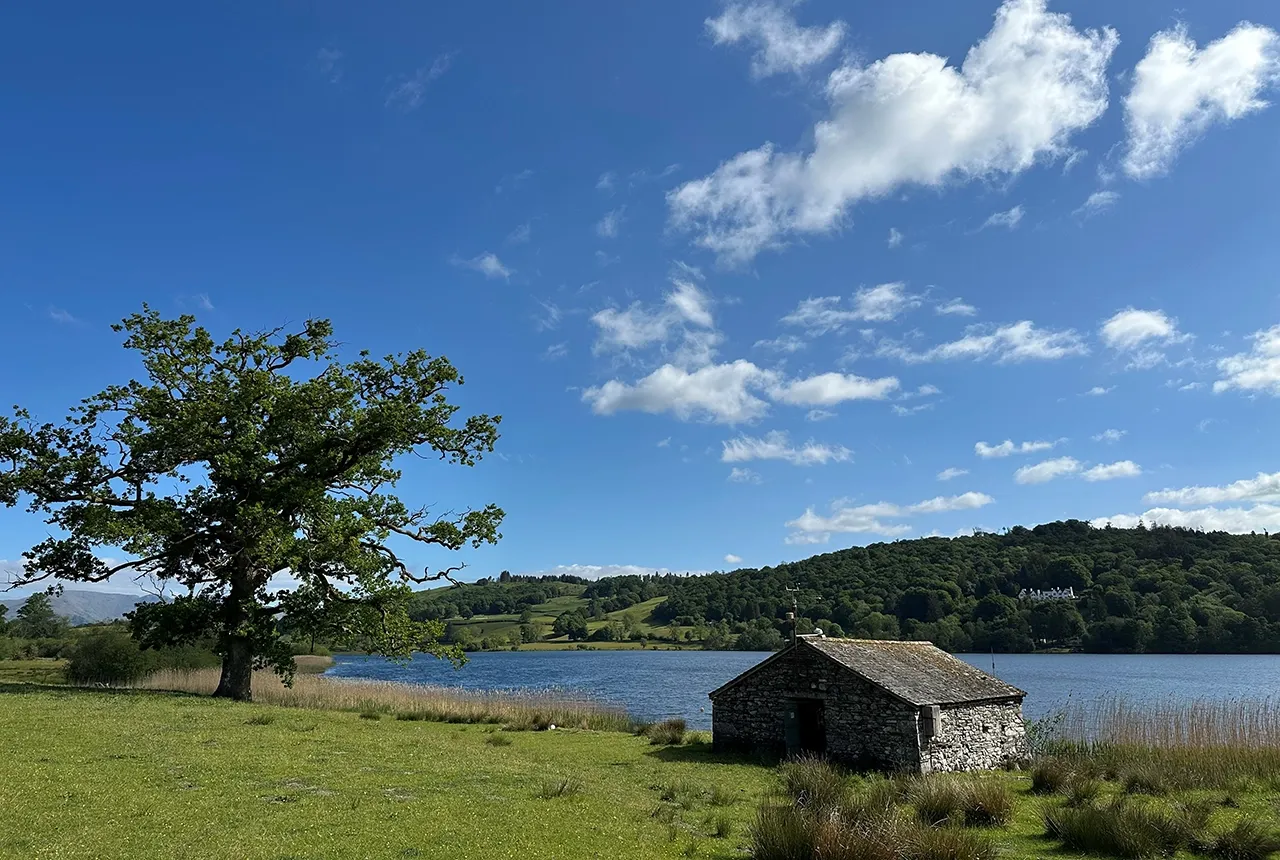
Esthwaite Water: applying novel approaches to understand lake-water nutrient pollution
19/09/2025
Andi Smith (BGS) and Savannah Worne (Loughborough University) embarked on fieldwork in the Lake District, applying a novel stable isotope method for tracing phosphorus sources.

Opening up the geosciences: making work experience more accessible
19/09/2025
BGS has been working with partners to make the geosciences more accessible to young people, including those from under-represented backgrounds.
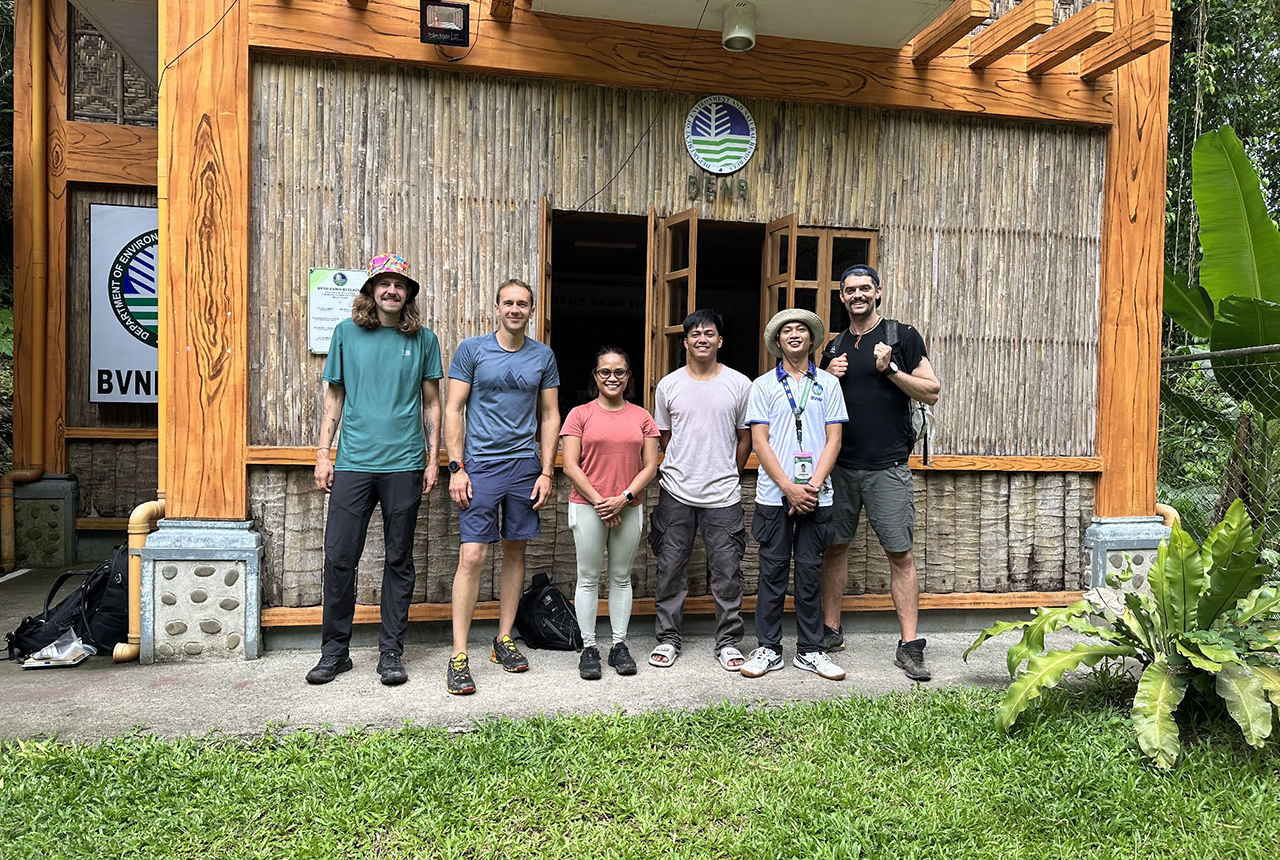
PhD adventures in the Philippines: coring around Lake Bulusan
05/09/2025
Chris Bengt recounts his two-week field trip to Bulusan Volcano Natural Park in the Philippines to collect lake sediment cores, fresh soil and water samples.
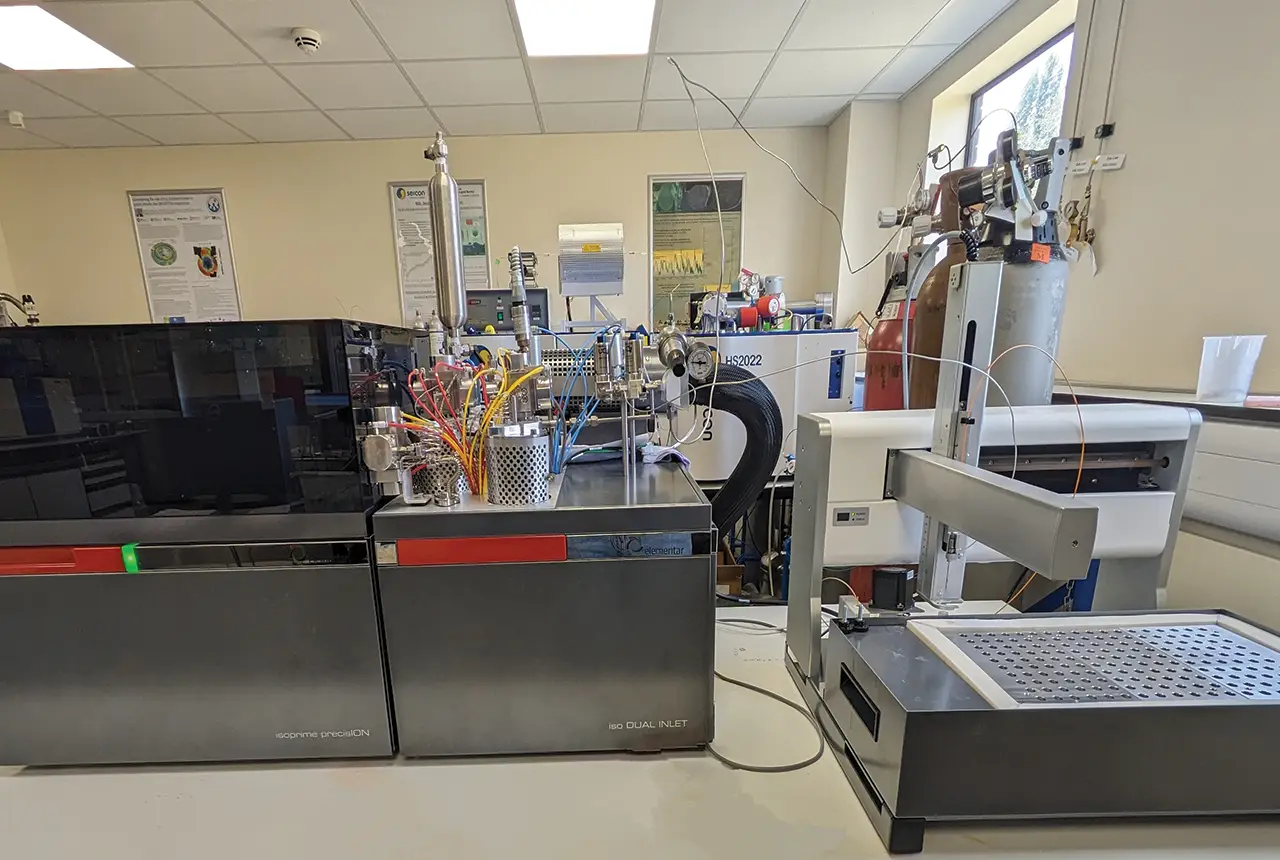
Gemini: a new stable isotope tool
21/08/2025
BGS’s Stable Isotope Facility has new mass spectrometer equipment for analysing carbon and oxygen isotopes from carbonates and water.
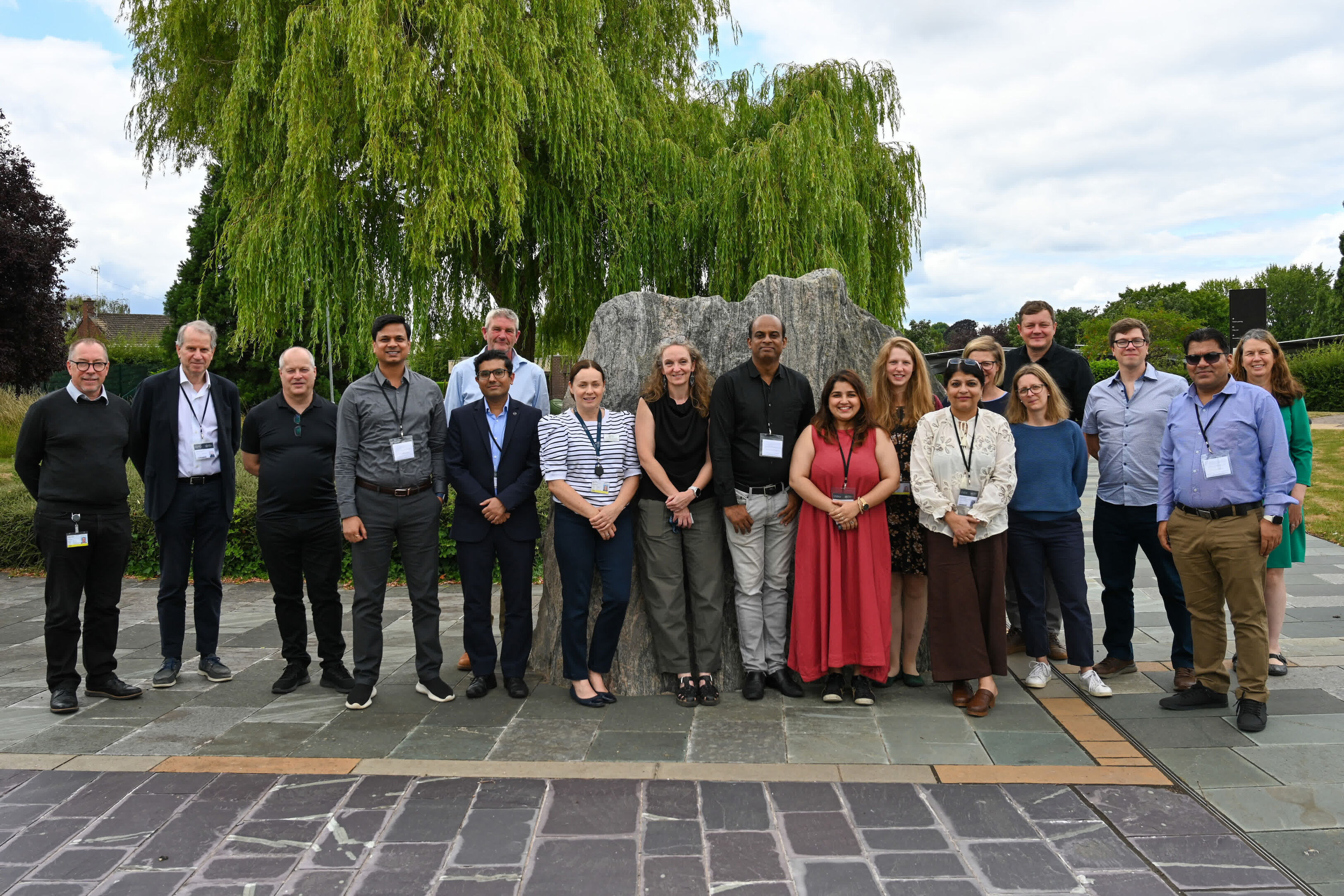
BGS hosts India for ‘deep dive’ on carbon capture and storage
30/07/2025
Some of India’s top scientists visited BGS to explore the UK’s carbon dioxide storage research potential.
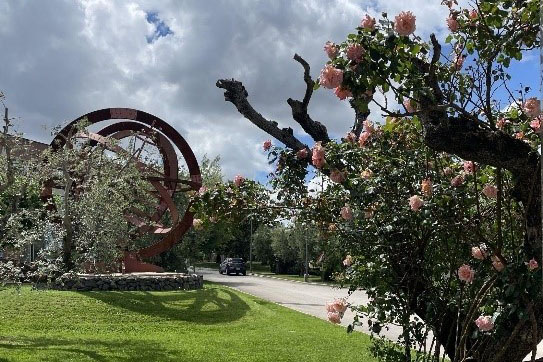
AI and Earth observation: BGS visits the European Space Agency
02/07/2025
The newest artificial intelligence for earth science: how ESA and NASA are using AI to understand our planet.
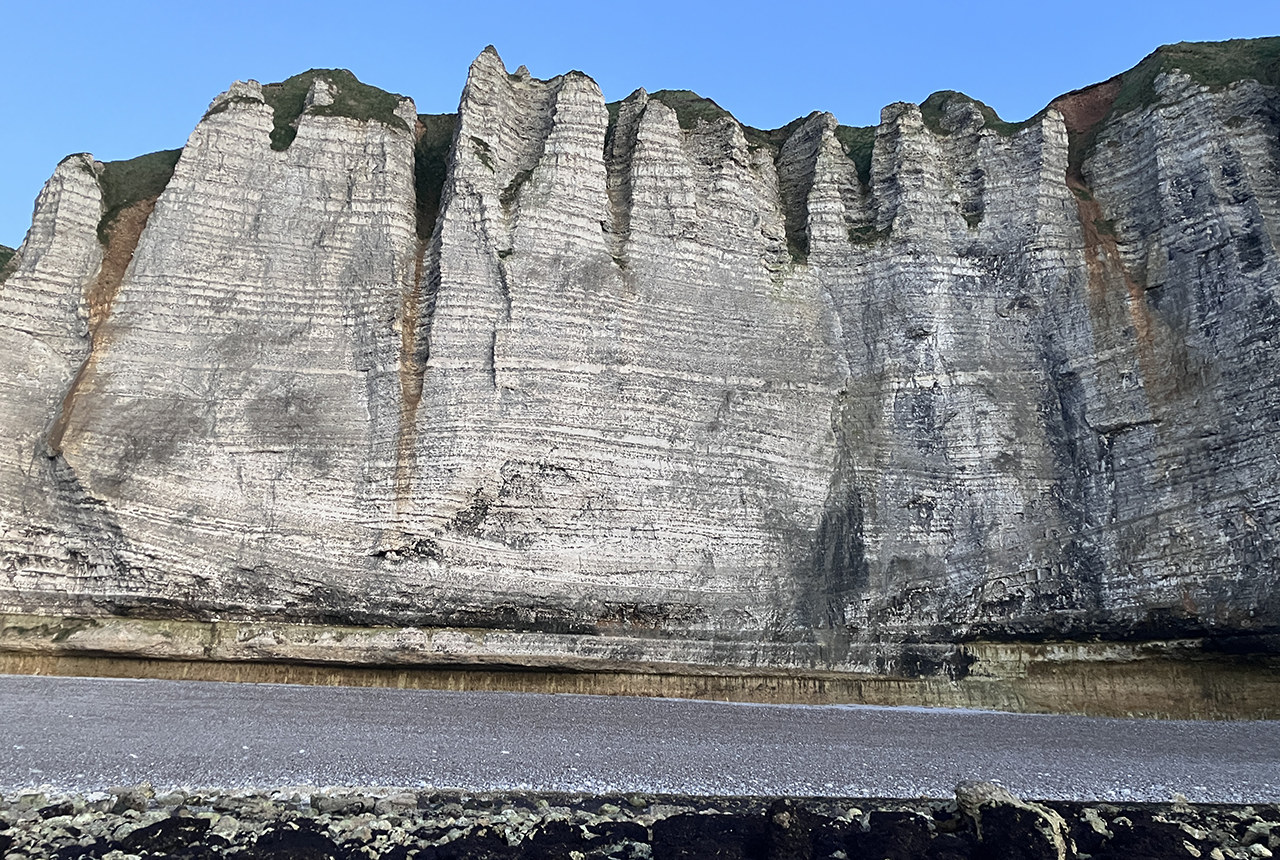
Geology sans frontières
24/04/2025
Geology doesn’t stop at international borders, so BGS is working with neighbouring geological surveys and research institutes to solve common problems with the geology they share.
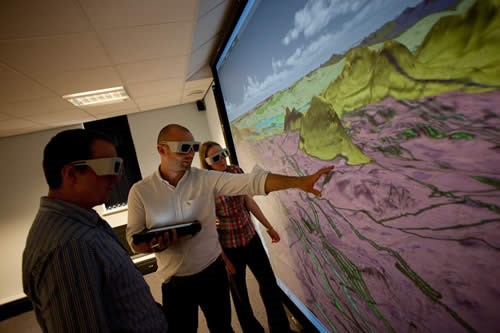
Celebrating 20 years of virtual reality innovation at BGS
08/04/2025
Twenty years after its installation, BGS Visualisation Systems lead Bruce Napier reflects on our cutting-edge virtual reality suite and looks forward to new possibilities.
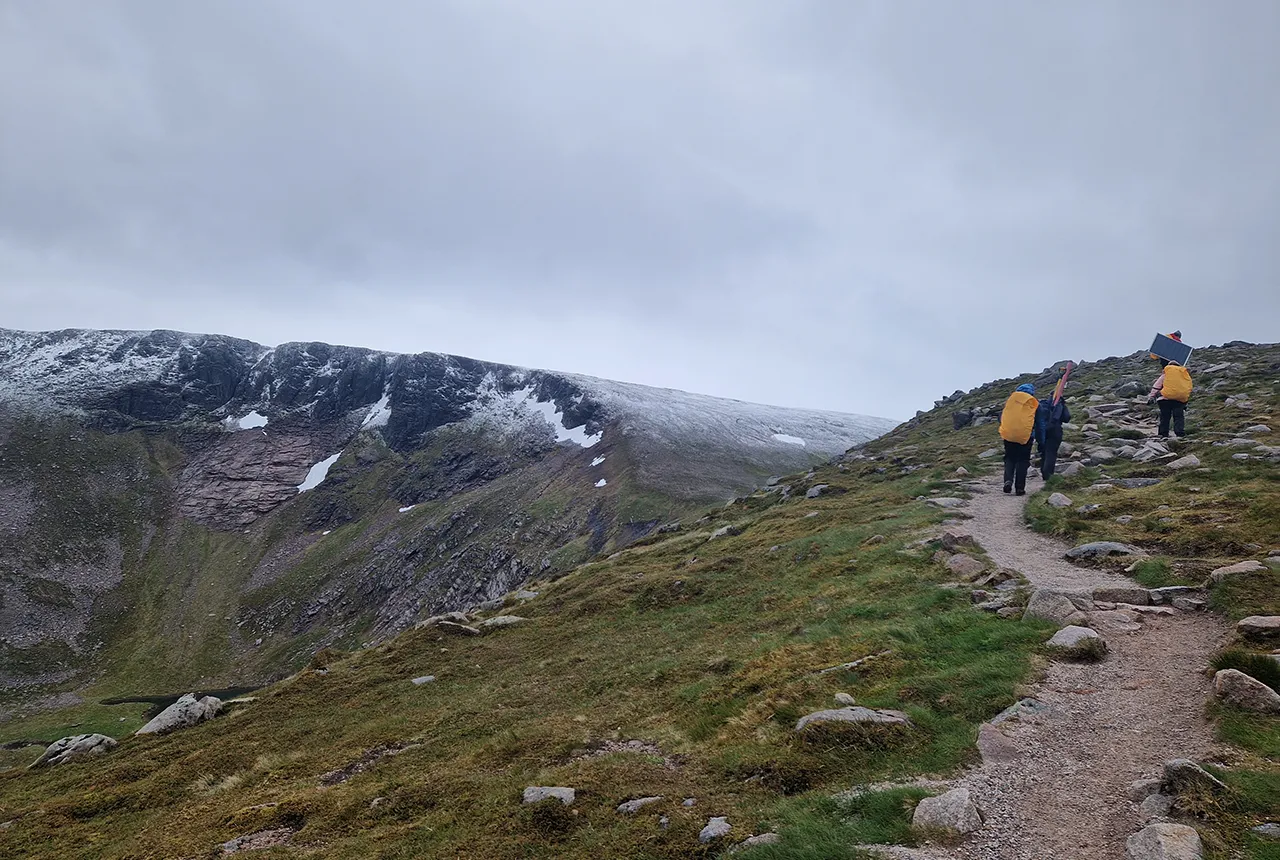
Exploring Scotland’s hidden energy potential with geology and geophysics: fieldwork in the Cairngorms
31/03/2025
BUFI student Innes Campbell discusses his research on Scotland’s radiothermal granites and how a fieldtrip with BGS helped further explore the subject.
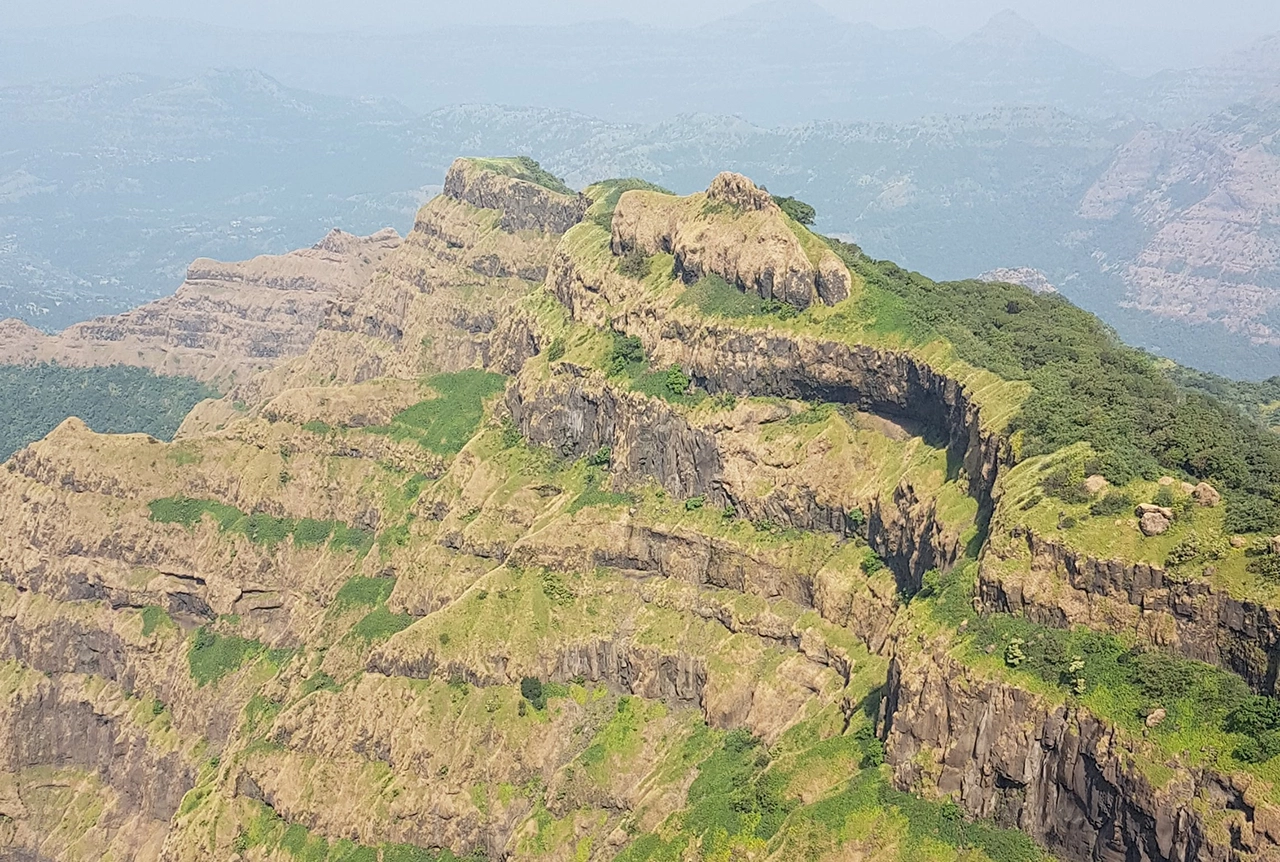
Could underground disposal of carbon dioxide help to reduce India’s emissions?
28/01/2025
BGS geologists have partnered with research institutes in India to explore the potential for carbon capture and storage, with an emphasis on storage.




